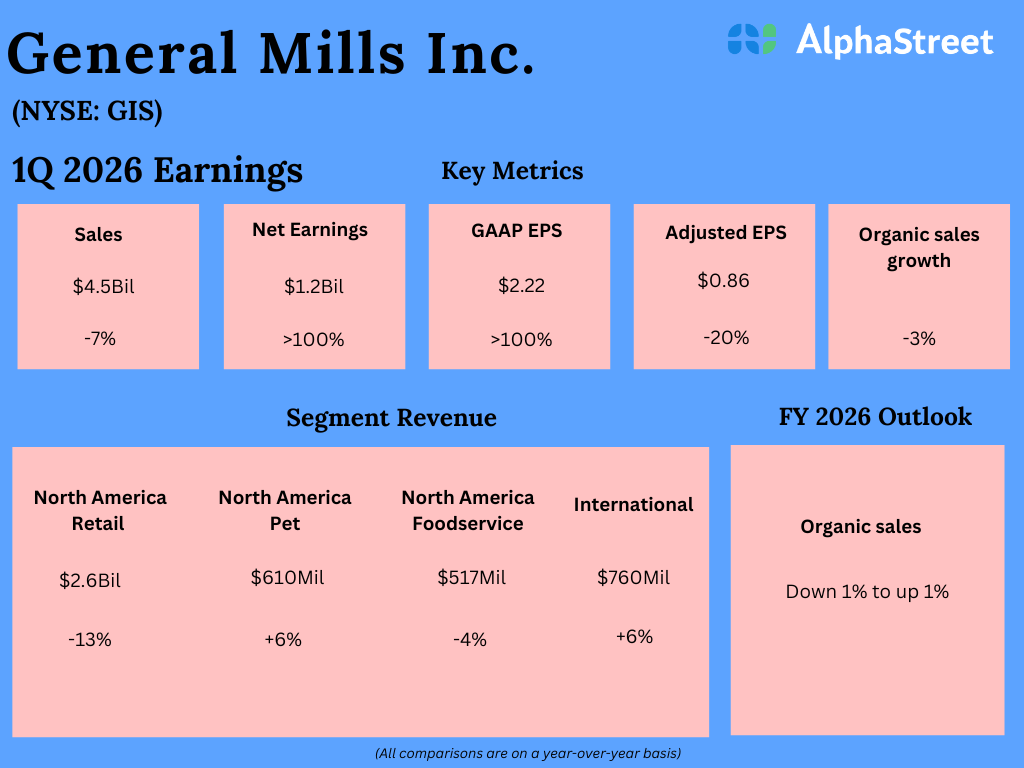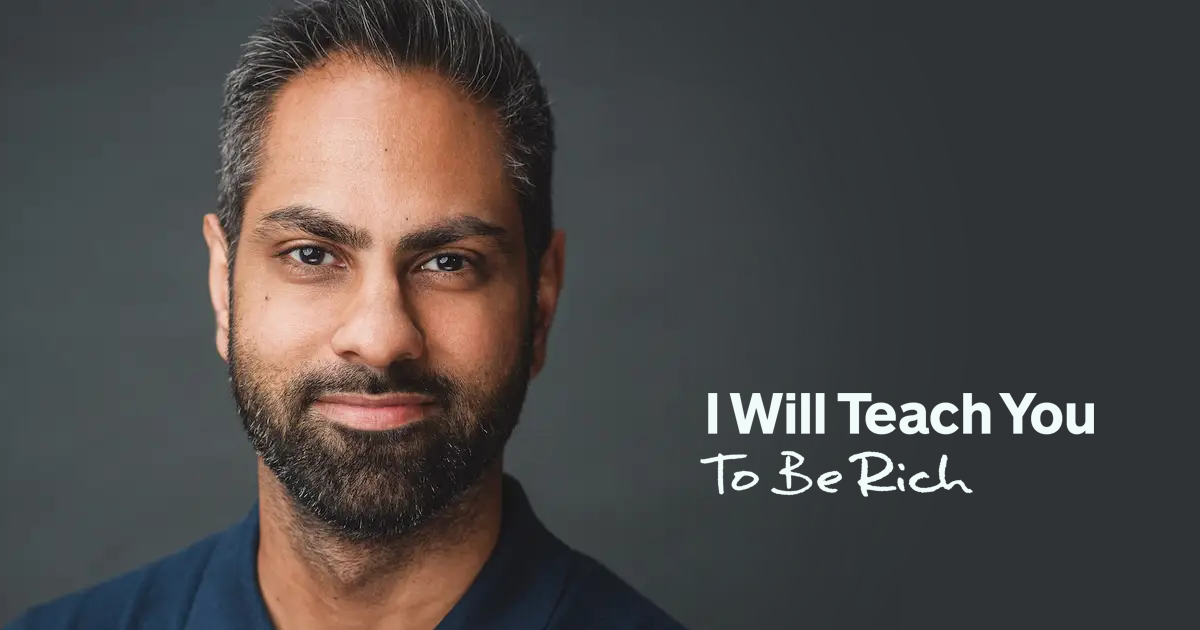Stocks and Bonds have Many Flavors
You’ll see each of the different types of Stocks and Bonds; and how they differ from each other.
| STOCKS | BONDS |
| Large-Cap – Big companies with a market capitalization (“market cap,” which is defined as outstanding shares times the stock price) over $10 billion | Government – An ultra-safe investment that’s backed by the government. In exchange for their low risk, government bonds tend to return less than stocks. |
| Mid-Cap – Midsized companies with a market cap between $1 billion and $5 billion | Corporate – A bond issued by a corporation. These tend to be riskier than government bonds but safer than stocks. |
| Small-Cap – Smaller companies with a market cap less than $1 billion | Short-Term – Bonds with terms of usually less than three years |
| International investments – Stocks from companies in other countries, including emerging markets (like China and India) and developed markets (like the United Kingdom and Germany). Americans may sometimes buy these directly, but may have to buy them through funds. | Long-Term These bonds tend to mature in ten or more years and, accordingly, offer higher yields than shorter-term bonds. |
| Growth – Stocks whose value may grow higher than other stocks, or even the market as a whole | Municipal – Also known as “munis,” these are bonds issued by local governments |
| Value – Stocks that seem bargain priced (i.e., cheaper than they should be) | Inflation-Protected – Treasury inflation-protected securities, or TIPS, are ultra-safe investments that protect against inflation. |
Note that because of their complicated structure, REITs, “real estate investment trusts”—which are types of investments that let you invest in real estate through a single ticker symbol, just like a stock—don’t neatly fall into any of these categories.
The Importance of Being Diversified
Now that we know the basics of the asset classes (stocks, bonds, and cash) at the bottom of the pyramid, let’s explore the different choices within each asset class. Basically, there are many types of stocks, and we need to own a little of all of them. Same with bonds. This is called “diversifying,” and it essentially means digging in to each asset class—stocks and bonds—and investing in all their subcategories.
As the table above shows, the broad category of “stocks” actually includes many different kinds of stocks, including large-company stocks (“large-cap”), mid-cap stocks, small-cap stocks, and international stocks. To add yet another wrinkle, none of them performs consistently. In the same year, small-cap stocks might gain huge percentages but international stocks might tank—and this performance can vary from year to year. Similarly, different types of bonds offer different benefits, including different rates of return and tax advantages. In his 2012 book Skating Where the Puck Was, William Bernstein says to “resign yourself to the fact that diversifying yourself among risky assets provide[s] scant shelter from bad days or bad years, but that it does help protect against bad decades and generations, which can be far more destructive to wealth.”
Diversification is about safety in the long term.
Key Takeaway
The fact that performance varies so much in each asset class means two things: First, if you’re trying to make a quick buck off investing, you’ll usually lose money, because you have no idea what will happen in the near future. Anyone who tells you they do is a fool or a commission-based salesman. Second, you should own different categories of stocks (and maybe bonds) to balance out your portfolio. You don’t want to own only US small-cap stocks, for example, or funds that own only small-cap stocks. If they didn’t perform well for ten years, that would really suck. If, however, you own small-cap stocks, plus large-cap stocks, plus international stocks, and more, you’re effectively insured against any one area dragging you down. So if you were to invest in stocks, you’d want to diversify, buying all different types of stocks or stock funds to have a balanced portfolio.
To learn more about Diversification, you can refer to Diversified Investment Portfolios: How To Build One (+ examples).
Build a Financial Future Today
Investing and obtaining financial knowledge shouldn’t be hard. Learning the techniques to make you rich are simple, and we help everyone get started. I Will Teach You To Be Rich educates people from all walks of life to find financial freedom. Some of our techniques may challenge outdated personal finance advice, and we’re confident our strategies can prepare you to invest and manage money wisely. You don’t have to give up everything in life; learn the basics and beyond to apply to your own successful financial journey.







































